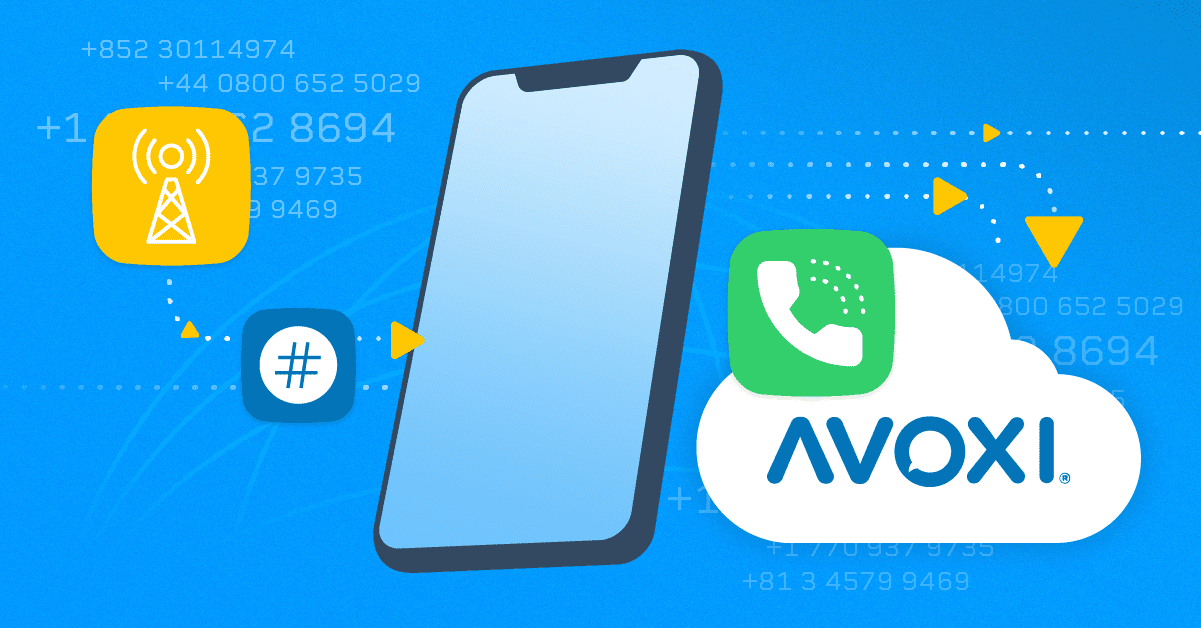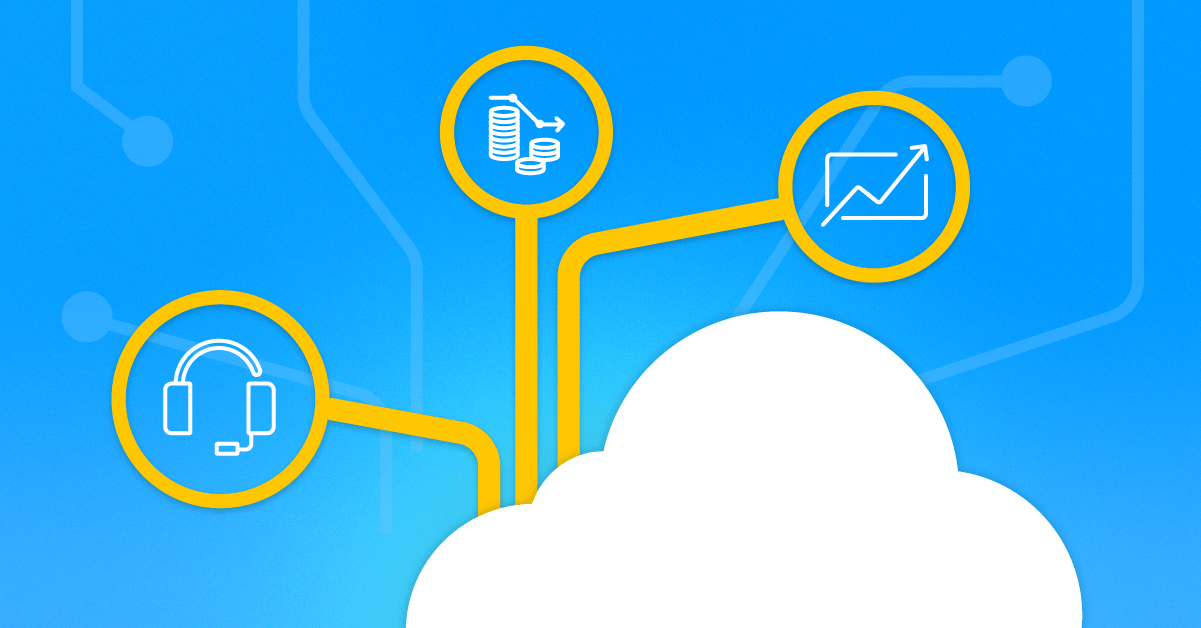AI Call Analysis: How to Improve CX, QA, and Team Performance
AI call analysis helps you understand what’s happening on your calls in real time. It captures audio, converts it into searchable data, and uses AI-powered models to flag issues, track patterns, and surface actionable coaching moments.
That’s a major advantage for contact center leaders who are dealing with increasing support expectations while their quality assurance (QA) budgets remain unchanged. You’ve got to do more with less—coach faster, catch issues earlier, and maintain consistency without slowing down operations.
AI call analysis offers more in-depth and precise insights into agent performance, compliance risks, customer sentiment, and coaching opportunities that optimize team performance.
In this article, you’ll learn:
- What AI call analysis does and how it fits into your QA and customer experience (CX) workflows
- Why contact centers are moving away from manual QA
- Which KPIs AI can improve (and how to track them)
- What to consider when evaluating tools for your team
What is AI call analysis and how does it work?
AI call analysis converts raw voice conversations into structured, actionable insights. It listens in on your calls, generating real-time call transcriptions and using natural language processing (NLP) to analyze conversations, including what was said, how it was said, and how well your team handled the customer interaction.
Contact center managers, QA supervisors, and team leads use this technology to improve call center operations, gain insights into customer sentiment, assess agent performance, and identify coaching opportunities—all without manually reviewing every customer interaction.
Its key functions usually include:
- Voice call transcription: Converts spoken conversation to text for searchable call data analysis
- Sentiment analysis: Flags customer sentiment through emotional tone (like frustrated, satisfied, or confused) for customer experience pattern tracking
- Keyword spotting: Scans for critical phrases, compliance statements, or escalation triggers
- Call tagging and categorization: Automatically labels calls by topic, outcome, or issue type to simplify reporting
- Conversation intelligence: Integrates context, tone, intent, and outcomes across calls to uncover trends and guide team performance improvements
- QA scoring: Grades calls based on predefined criteria like agent behavior, script adherence, or resolution success
AI tools can work in real time (flagging compliance issues, routing needs mid-call, or transcribing calls) or post-call (providing valuable insights after the customer conversation ends). Most contact centers use a mix of both to balance proactive customer support with deeper coaching and QA.
Why contact centers are turning to AI for call review
Manual QA falls short in today’s fast-moving contact centers. Most teams only review a small portion of calls—often less than 5%—because reviewing every call would take too long. This limited visibility creates blind spots across customer experience, agent performance, and compliance risks.
AI helps eliminate those blind spots. It reviews every call, flags issues in real time, and provides the insights your team needs to automate coaching workflows and drive consistency. This capability aligns with a broader industry shift. Gartner predicts that by 2027, 75% of analytics content will use generative AI to deliver richer, data-driven context. For QA teams, this shift means a better understanding of not just what happened, but why.
Here’s how AI improves QA:
- Full visibility: The system reviews every call, not just random samples.
- Faster feedback: AI flags issues right after the call.
- Consistent scoring: QA teams evaluate every agent using the same criteria.
- Targeted coaching: Teams focus only on moments that require action.
What KPIs can AI call analysis help you improve?
AI-driven call analysis improves the metrics that directly impact customer experience, team performance, and efficiency. The following KPIs are where AI call analysis delivers the most impact:
- Customer satisfaction (CSAT) score measures how satisfied customers feel after a call. By highlighting moments that trigger strong emotional responses, AI helps pinpoint necessary coaching or workflow adjustments to improve the experience.
- QA accuracy and audit readiness show how reliably your team scores calls. AI enforces consistent interaction evaluation, reducing bias and building a clear audit trail for compliance teams.
- Agent retention and coaching effectiveness depend on relevant and actionable feedback. AI identifies areas that require attention, making coaching more targeted and helping reduce burnout and turnover.
- Average handle time (AHT) tracks how long agents take to resolve calls. AI reveals any conversation sticking points, helping your team shorten calls without sacrificing quality.
- First-call resolution (FCR) shows whether agents solve problems on the first attempt. AI surfaces repeated questions or missed cues that block resolution, so you can fine-tune training and improve documentation.
These KPIs directly contribute to increased conversion rates, more valuable customer feedback, and greater responsiveness to customer needs.
What should contact center managers look for in AI call analysis tools?
You need tools that match your workflows, scale with your operations, and provide your sales teams and support leads with information they can act on. Here's what to look for:
Agent scoring, QA automation, and coaching dashboards
Look for tools that help your team review calls faster, score them more consistently, and coach more effectively. With AI flagging specific moments, supervisors can spend less time searching and more time guiding agents.
The right AI tools empower your team to:
- Score all calls using the same criteria to reduce bias.
- Highlight sentiment and intent so you respond to how the customer felt, not just what they said.
- Flag missed script lines or resolution issues for faster coaching.
- Create dashboards that reveal behavior or performance patterns over time.
- Deliver real-time alerts to take action during a call, not just afterward.
AVOXI supports contact center teams by detecting call issues early, even before AI processing of a conversation begins. The platform also provides sentiment and intent detection, flagging insights your team can use for targeted feedback. Beyond that, its built-in diagnostics ensure your QA data starts clean.

Compliance alerts and script adherence monitoring
If your team operates in a regulated industry, like finance or healthcare, compliance is a daily concern. You need tools that can catch missed disclosures, monitor adherence to required scripts, and log every step for audits.
Strong AI tools for compliance will do the following:
- Alert managers when agents miss required language or steps.
- Track compliance automatically across every call, not just small samples.
- Create exportable logs that document compliance activity for audits.
AVOXI helps by flagging compliance gaps and tracking script adherence at scale. It also supports full audit trails, so your team is always prepared for reviews or internal checks.
Integration with CCaaS, CRMs, and workflow tools
AI call analysis shouldn’t operate in a silo. It needs to integrate with your team’s existing solutions, including Contact Center as a Service (CCaaS) software, helpdesk, or customer relationship management (CRM) platforms.
Choose AI tools that can:
- Integrate with your CCaaS platform for routing and call data.
- Sync with CRM records to keep context and notes in one place.
- Plug into workflow tools like ticketing systems or coaching queues.
- Use APIs and webhooks to automate follow-ups and reporting.
AVOXI offers open APIs, smart call routing, and native integrations with CCaaS and CRM platforms. This integration capability allows your team to automatically connect AI outputs directly to your daily workflows, eliminating manual effort.
For a deeper look at how global voice infrastructure impacts contact center performance, check out AVOXI’s State of International Voice for the Contact Center report.
How AVOXI compares to other AI call analysis solutions
Many platforms claim to offer conversation intelligence, but few provide the robust infrastructure, routing, and diagnostics to support it.
AVOXI's focus on voice infrastructure excellence ensures your AI tools receive high-quality audio data, leading to more accurate analysis and superior business insights. Here's how AVOXI stacks up against other solutions:
| Real-time sentiment and intent detection | Real-time and post-call analysis | Real-time and post-call analysis | Real-time and post-call analysis | Real-time and post-call analysis |
| Voice quality monitoring and diagnostics | Built-in diagnostics and issue detection | Basic monitoring | Some diagnostics | Limited voice monitoring |
| QA scoring method | Configurable scoring and coaching dashboards | Scorecards available | Scorecards with limited custom rules | Manual scoring only |
| Compliance alerting and documentation | Script adherence, alerts, and audit trails | Limited alerts | Alerts with compliance modules | Not a focus |
| CRM and CCaaS integration | Open APIs, webhooks, and native CCaaS and CRM integrations | Limited native integrations | Wide CCaaS support | Basic integrations only |
| Infrastructure ownership | Proprietary global voice infrastructure | Dependent on third-party carriers | Dependent on third-party vendors | Limited infrastructure control |
How to implement AI call analysis in your contact center
Rolling out AI-powered call analysis takes more than flipping a switch. You need a clear plan that ties the technology to real workflows and measurable goals. Here's how you can effectively implement it:
Start with a pilot and a clear QA objective
Select 10–20 agents from one or two queues and focus on a specific outcome, like reducing sales team handle time or improving CSAT in support. Be sure to set success metrics upfront and track them throughout the pilot.
Pro tip: Treat the pilot as a real test, not a showcase. Always document your baseline and any adjustments made so you can measure impact with confidence.
Select an AI analysis tool
The right tool won’t just analyze phone calls—it’ll also work with your voice platform to ensure clean, accurate input. If audio quality is poor or integrations are limited, your insights will suffer.
AVOXI supports your success by delivering high-fidelity voice data, real-time diagnostics, and easy integration with CCaaS and CRM tools.
Train your team to interpret new metrics
AI introduces new signals like sentiment shifts, intent tags, and behavior flags. These insights are powerful—but only if your team knows how to use them.
Train your team to understand and interpret these AI-driven metrics by hosting a dedicated session with QA leads and supervisors to walk through the following details:
- What each new metric means
- How each ties to your existing scorecards
- When to trust AI and when to escalate for human review
Integrate AI output into your coaching workflow
AI doesn’t replace coaching—it makes it more targeted by showing you where to focus. To turn AI-powered insights into impact, you need to build them into your regular coaching rhythm.
Start by reviewing AI-generated scorecards in weekly huddles or one-on-ones. You can use flagged moments for roleplay, reflection, or specific feedback. For instance, when AI flags rising frustration mid-call, use that moment for agents to listen and discuss how they could have redirected the customer.
Iterate based on coaching effectiveness and feedback
After the first few cycles, review what’s working. Are flagged calls driving real behavior change? Are alerts useful or overwhelming?
Team feedback will help you fine-tune your scoring logic, alert thresholds, and training cadence for better long-term results.
5 critical mistakes to avoid when leveraging AI for call analysis
Some mistakes can derail your rollout, distort your data, or erode agent trust. Here’s what to avoid:
- Treating AI as a replacement for human judgment: AI can flag issues, score calls, and surface trends—but it can’t understand context like a human coach. Relying solely on AI can lead to missed nuances and poor coaching decisions. Use AI to enhance your team’s judgment, not override it.
- Skipping alignment between AI outputs and QA goals: If your AI flags don’t reflect what your QA team actually values, you’ll waste time chasing the wrong signals. Ensure your scoring logic matches your training priorities and performance standards from the start.
- Failing to prepare agents and supervisors for the change: Rolling out AI without context can create fear or confusion. Prioritize training your team on what the tool does, how it supports their work, and what to expect from the feedback it generates.
- Feeding the AI low-quality or incomplete voice data: No AI can deliver accurate insights from noisy, unreliable input. Without clean audio and stable call routing, your analysis will be flawed from the start. Tools like AVOXI solve this by optimizing call quality before analysis begins.
- Running the pilot without real success criteria: If you can’t measure the impact of AI on quality or performance, you can’t improve it. Set baseline metrics before launch—like QA coverage rates, coaching conversion, or CSAT—so you know whether your AI tools are working.
Make AI call analysis work for your team
AI call analysis isn’t about adding more tools to your stack. It’s about giving your team enhanced visibility, faster feedback loops, and a better way to coach at scale. When you implement AI call analysis with clear goals, clean data, and thoughtful training, it becomes a core driver of operational improvement.
If you want your QA and coaching process to keep pace with customer expectations, you’ll need more than analytics—you’ll also need the right foundation to power them.
AVOXI delivers the clean, reliable call data teams need to build data-driven QA and coaching workflows—without the hassle of disconnected systems or patchwork integrations.
Schedule a demo to see how AVOXI can strengthen your foundation for better coaching, clearer insights, and faster team improvement.
Additional Resources to Help You Get the Needle Moving

PSTN Replacement
Guide to Voice Termination Services

Retain Phone Number
International
Number Porting

Virtual Phone Line
Benefits of
SIP Trunking

